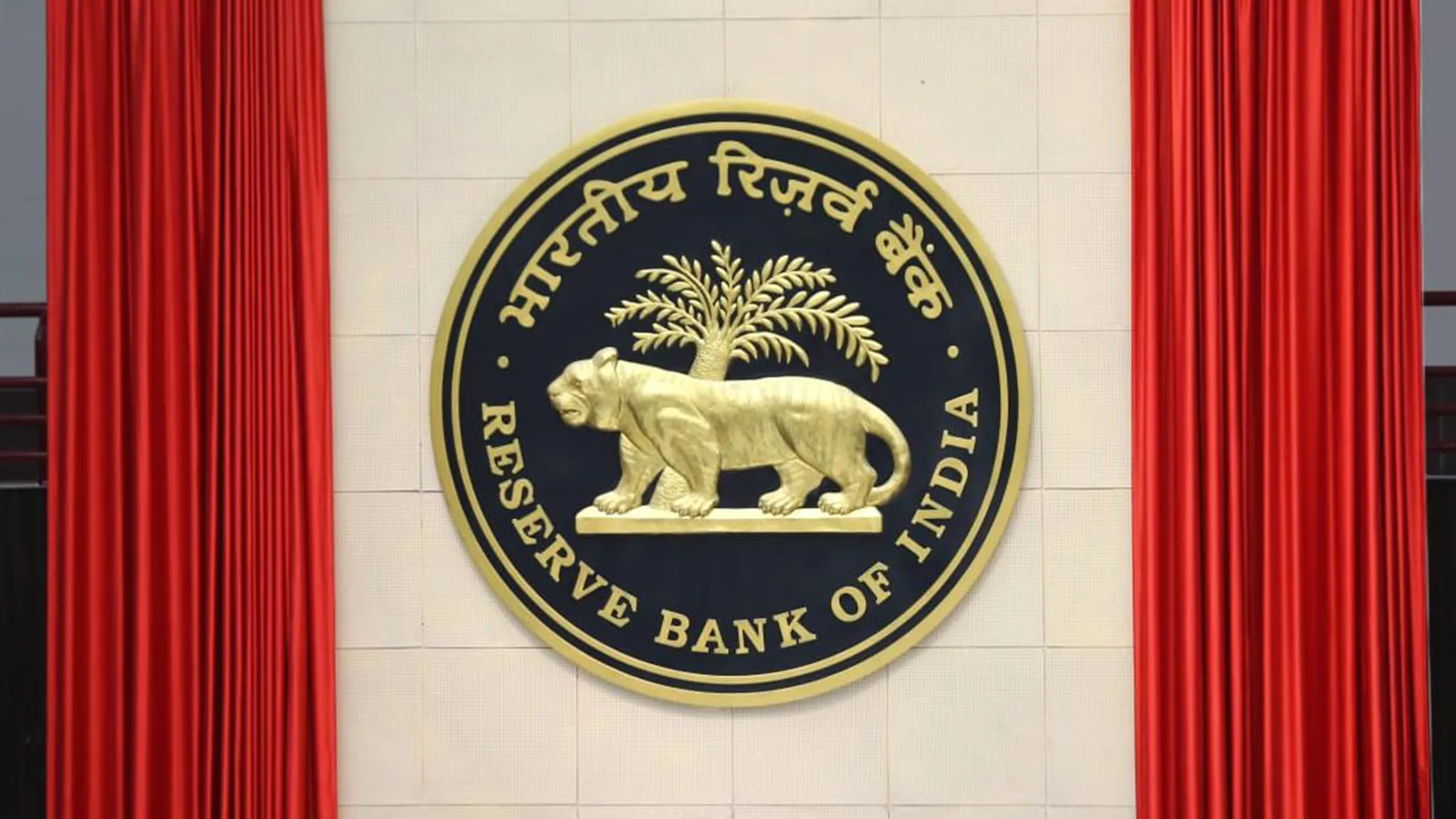Leadership transitions often herald significant shifts in an organisation’s direction, and the Reserve Bank of India (RBI) is currently undergoing such a phase. With Sanjay Malhotra assuming governorship in December 2024, early signals suggest a potentially more growth-sensitive approach. This perspective was evident in his initial monetary policy committee meeting and subsequent media interactions, hinting at a re-evaluation of inflation concerns within a broader economic context. Simultaneously, a change in regulatory philosophy seems to be emerging, with deputy governors expressing confidence in the efficacy of existing policies and suggesting a possibility of future relaxations.
A Hand for Growth
The recent decision by the central bank to reinstate relaxed risk weights on bank loans to non-banking financial companies (NBFCs) and microfinance institutions underscores this growth-oriented inclination. This move, detailed by Dinesh Unnikrishnan, indicates a willingness to facilitate credit expansion. Given the credit growth trends in both NBFC and bank sectors following the risk weight hikes in November 2023, this adjustment appears to be a calibrated response to observed economic indicators. This could also align with the broader trend of digitisation of small business lending, as discussed in a recent article highlighting the sector’s transformative potential and need for capital access.
Cracking the Compliance Whip
However, this perceived shift towards growth facilitation does not imply a laxity in regulatory oversight. In a parallel development, the RBI has demonstrated its commitment to maintaining financial system integrity by imposing monetary penalties on several financial institutions. Notably, The Hongkong and Shanghai Banking Corporation Limited (HSBC) faced a significant penalty of ₹66.6 lakh for breaches related to Know Your Customer (KYC) norms, reporting of unhedged foreign currency exposures, and interest rate regulations. CNBCTV18 reported that IIFL Samasta Finance Limited was also penalised ₹33.1 lakh for various regulatory lapses, including interest calculation discrepancies and asset classification issues. These actions, coupled with penalties on cooperative banks, signal that the RBI under its new leadership remains vigilant in enforcing regulatory compliance across the financial spectrum.
Balancing Act Ahead
These seemingly contrasting signals – a pro-growth stance alongside stringent regulatory actions – highlight the complex balancing act the new RBI governor must perform. While the market may welcome a more growth-conscious approach, the penalties serve as a reminder that regulatory discipline remains paramount. As Tuhin Kanta Pandey prepares to take the helm at the Securities and Exchange Board of India (Sebi), a similar dynamic may unfold in the capital markets regulation space. Leadership changes, while introducing potential for fresh perspectives and policy recalibrations, also bring a period of observation as stakeholders gauge the nuances of the new guard’s approach.
What can we expect from the RBI going forward? The central bank appears to be navigating a path that seeks to support economic expansion without compromising on regulatory rigour. The coming months will reveal how effectively this balance is maintained and the ultimate impact on the Indian financial landscape.
Image Courtesy: X (All India Radio News)










Leave a Reply